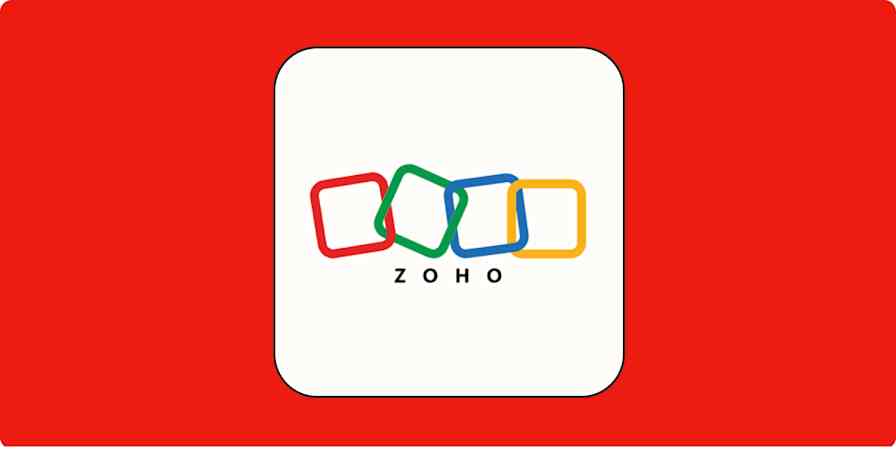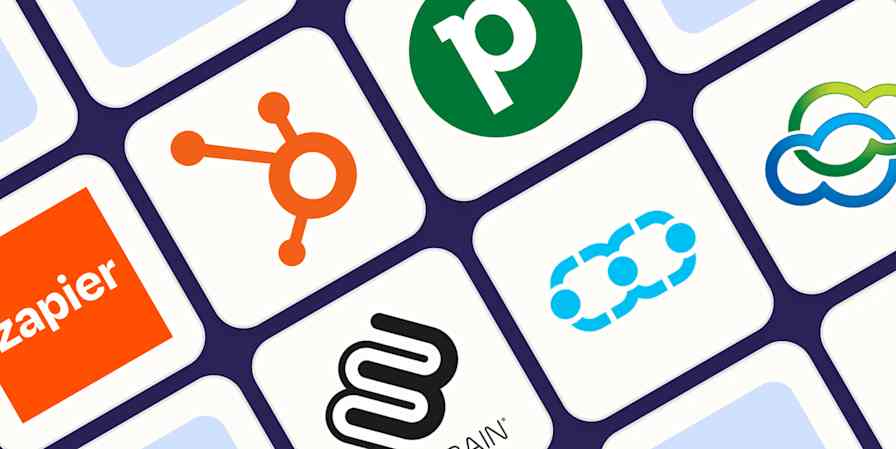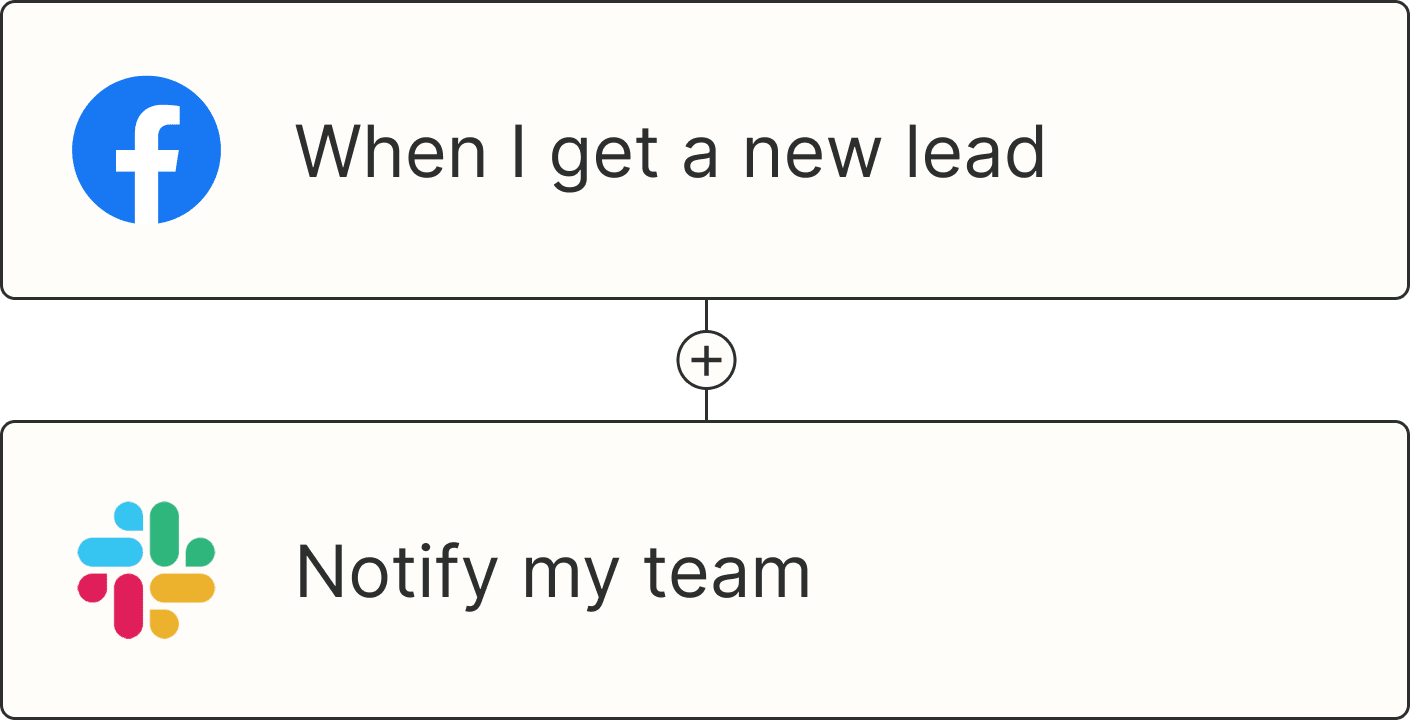As an account manager in the mid-2010s, my entire relationship with our sales team consisted of two interactions: formal customer handoff calls and random run-ins at the water cooler. Despite working for the same company and having the same goals, our teams existed in separate worlds—physically located in different parts of the office and functionally disconnected by information silos. I had no visibility into their CRM, no advance warning about incoming customers, and relied entirely on individual sales reps' written summaries to understand customer needs.
This fragmented sales-to-delivery handoff was commonplace a decade ago. Today, it's entirely unnecessary. Modern platforms like monday.com and Pipedrive allow seamless coordination between teams and transparently record every customer interaction. This creates a new question, though: which app should you choose?
Until recently, the choice was clear: Pipedrive for sales CRM, monday for project management. But now, both apps can do both things.
I've tested Pipedrive's and monday's CRM and project features to gauge their relative strengths. In this comparison, I'll walk you through what I discovered so you can choose the right app for your team.
Table of contents:
Pipedrive vs. monday at a glance
Here's a breakdown of the key differences between these two platforms.
monday is best for teams that need all-in-one workflow management. Its sales CRM isn't especially advanced, but its powerful project management features, flexible interface, and seamless sales-to-delivery handoffs make it ideal for organizations where sales is just one piece of a larger operational puzzle.
Pipedrive is best for teams laser-focused on sales performance. While its project features are limited, its purpose-built deals pipeline, impressive lead generation tools, and sales-specific AI assistance make it perfect for businesses where closing deals drives everything else.
| monday | Pipedrive |
|---|---|---|
Ease of use | ⭐⭐⭐⭐ Highly visual interface with customizable workflows. Incredibly fast to learn. | ⭐⭐⭐⭐⭐ Intuitive, sales-focused interface that works well for individuals and teams of any size. |
Sales CRM | ⭐⭐⭐ Solid sales pipeline and contact management, but lacks specialized lead generation tools. | ⭐⭐⭐⭐⭐ Comprehensive sales toolkit including website visitor tracking, lead prospecting, and AI sales assistance. |
Project management | ⭐⭐⭐⭐⭐ Best-in-class project management with Gantt charts, workload views, and collaborative workspaces. | ⭐⭐⭐ Basic project management through Projects add-on; limited views (no Gantt). |
AI & automation | ⭐⭐⭐⭐ Platform-wide AI capabilities for data categorization, sentiment analysis, and workflow automation; easy-to-use automations via templates. | ⭐⭐⭐⭐ Sales-specific AI tools including deal probability analysis, email generation and summarization, AI Sales Assistant with reminders, and Pipedrive Pulse for smart activity suggestions. |
Pricing | ⭐⭐⭐⭐ More affordable, starting at $15/user/month (minimum 3 users) for CRM functionality. | ⭐⭐⭐ Higher starting price at $24/user/month with additional costs for add-ons. Projects is an additional $8/user/month. |
Integrations | ⭐⭐⭐⭐ 200+ native integrations plus thousands more via Zapier. | ⭐⭐⭐⭐⭐ 500+ native integrations plus thousands more via Zapier. |
monday is a project management app with a CRM option
"Did you put it in monday yet?"
This grammatically-challenged phrase echoes through offices worldwide due to monday's popularity as a project management app. (Funnily enough, one of the main gripes users have with monday.com relates to its awkward branding rather than the product itself.)
With hundreds of thousands of users, monday is one of the most popular project management apps (or "work management" apps, as monday likes to position itself). By organizing your projects into boards and setting up custom fields and variables, you can get way more done using monday than you'd be able to in a simple project spreadsheet.

One reason for this is streamlined collaboration: monday's boards make it easy for anyone on your team to see how projects are progressing. You can set up sophisticated automations to keep teammates informed and keep projects humming along smoothly. (For example, if a project's due date is approaching and certain tasks haven't been completed, you can set up a trigger that notifies the project manager.)
monday also lets your team collaborate within the app itself, rather than just reporting on work that happens elsewhere. With monday workdocs, you can set up collaborative docs that seamlessly integrate with your project. For example, you can create a product launch plan doc that embeds a live project schedule so the document stays relevant even after the project launches.

If you're a project management pro, you'll find everything you need in monday. Gantt charts, a staple of professional project management, are easy to spin up on any board. It's simple to create tons of other project views too, like Timeline, Kanban, and Calendar, along with custom charts that show how key aspects of the project are coming along.

monday is adaptable enough to fit into all sorts of work scenarios. It's so flexible, in fact, that many teams were already repurposing it as a makeshift CRM system before any official sales tools existed. This unofficial use case clearly caught monday's attention, and eventually, in 2022, they launched monday CRM.

At first glance, monday CRM feels a little like monday slapped a different color of paint onto its existing Work OS product. But while monday CRM is far from the most advanced option on the market, it has useful sales-specific features that aren't available in monday's core product:
CRM data enrichment with Crunchbase to automatically fill in prospect company details
Deal stages widget, leaderboard widget, and sales pipeline view
Shared email inbox, campaign tools, mass emails, and tracking capabilities
Quotes and invoices to streamline the closing process
Automated sequences to nurture prospects
If you're already using monday for project management, you only need to buy seats in monday CRM for your sales team and other customer-facing staff. (Everyone else can keep using monday work management.) Your project management and CRM interfaces show up as separate workspaces in the same account, making it easy to jump between them if you have access to both products.

Data flows seamlessly between monday CRM and monday work management. For example, when your sales team closes a deal in monday CRM, they can automatically trigger a new project in monday work management—complete with pre-populated customer information and tasks assigned to the appropriate team members.
Still, monday CRM has limitations. While its contact management and pipeline features are solid, it lacks some specialized lead generation capabilities. There's no built-in website visitor tracking, prospecting database, or lead scoring functionality—all of which Pipedrive has. With only a few years in the CRM game, in many ways, monday is still playing catch-up.
Pipedrive is a sales CRM with a projects add-on
Pipedrive has been a sales-focused piece of software since its inception in 2010, when a team of Estonian salespeople hacked together a custom CRM that made sense for their sales process. (Fun fact: NBA legend Shaquille O'Neal was one of Pipedrive's early investors.)
The heart and soul of Pipedrive is its deal pipeline, a Kanban-style board that gives you a bird's-eye view of opportunities across all stages in your sales process. If you've got multiple sales processes—some products that only need a quick demo, others that require sign-off from multiple C-suite decision-makers—you can easily set up different Pipedrive pipelines.

When you zoom into the deal itself, you can see the full scope of every rep's interaction with that deal to date: calls, meetings, notes, emails, documents, and comments.

While Pipedrive's interface is more finely-tuned to the sales process than monday's, you could create a solid approximation of this experience in monday CRM. But that's where the similarities stop. For example, monday CRM's Leads section is essentially a table of contact information and statuses, while Pipedrive's Leads inbox feels like a command center for actually generating leads, nurturing them, and moving them into your sales process.

Pipedrive's LeadBooster add-on, at $39/month extra per company, adds a chatbot, live chat, web forms, and prospecting software to your Pipedrive subscription. Web Visitors, a $49/month add-on, gives you insight into the organizations that are browsing your website. You also get Facebook Messenger integration for free. (I'm not sure how many B2B sales organizations are getting a meaningful chunk of their leads from Facebook Messenger, but it's still a nice option to have.)
All of this can add up to a meaningful increase in lead volume, which means that although these add-ons cost more, Pipedrive can add far more value than monday CRM. Pipedrive can also handle other aspects of your sales process, like lead nurturing campaigns, sales documents, and eSignatures.
Once you've closed a deal, you can convert it directly into a Pipedrive project in one click. (You can also set up an automation that handles this for you.) Once you convert a won deal into a project, you'll see it show up in your Projects dashboard.

Notice any similarities? Like monday CRM, Pipedrive Projects (an $8/user/month add-on) is a repurposed version of Pipedrive's original product. But that high-level Kanban overview that works so nicely for managing deals feels like an overly sales-like way of thinking about project management ("where is it in the pipeline?" isn't always the best question when you're managing complex projects). While Pipedrive Projects probably works fine for 60-day software implementations, it's hard to see it being the best choice for a 12-month SEO project or an ongoing content production workflow.
What's odd, and (to me) kind of a deal-breaker in the project management space, is that you don't find Kanban features where you actually need them: at the project level. Instead, you get a minimalist dropdown list of tasks and activities. Without timeline views and Gantt charts, it's tough to understand where your project is going; without Kanban, it feels like a fancy to-do list rather than a way to manage your project's workflow.

Want to set up project-focused automations, like assigning a piece of content to your editor for review after a writer completes it? You're out of luck with Pipedrive. And forget about more advanced team management features like workload balancing and resource allocation. Sales-focused teams with simple implementation processes should definitely try Pipedrive Projects out—there's a big benefit to the simplicity of having your data in one place—but Pipedrive simply isn't built for complicated projects with a lot of moving parts.
Both apps are betting big on AI
Take a look at the product roadmaps for monday and Pipedrive, and it's hard not to get excited: both promise AI agents (or in monday's case, a "Digital Workforce") to expand your team's capabilities and get more done.
In Pipedrive's case, these around-the-clock digital teammates will sharpen your sales team's focus, helping sales reps focus on the actions that are most likely to move deals forward—and even suggest and draft next steps.
monday's Digital Workforce takes a more anthropomorphic approach with Pixar-style AI avatars, each with different jobs. (For example, the Project Analyzer can help project managers handle more accounts at once by predicting delays and proactively raising the flag when projects are going off track.)
While the AI features currently available in each platform are less transformative than the AI agent plans that are in development, there's plenty that artificial intelligence can already do to make your life easier.
Pipedrive's AI can write and summarize emails for you, and its AI Sales Assistant offers reminders, deal summaries, and opportunity alerts. Pipedrive Pulse (currently in beta) proactively suggests activities for sales reps to focus on using an AI engagement score.
monday is full of small AI productivity boosters too. You can create automations that include AI steps, like "When an item is created, translate text in column to Language and insert into column." Autofill with AI, another monday feature, lets you automatically populate your project dashboards with AI-generated information.
monday is more affordable than Pipedrive
Pipedrive isn't expensive in the world of sales CRMs, which can cost hundreds of dollars a month per user (and sometimes include hefty setup fees). But if you're comparing it with monday, Pipedrive feels pricey: it's roughly twice as expensive, and costs even more if you go for add-ons like Projects ($8/user/month) or LeadBooster ($39/company/month).
Pipedrive's entry-level plan costs $24/user/month. For automations, you'll need the Advanced plan at $49/user/month, and if you want AI features, you'll need the Professional plan ($69/user/month) or Power plan ($79/user/month). There's also a $129/user/month plan for Enterprise users.
monday's work management tool starts at $12/user/month with the Basic plan, which gives you the project management essentials. You'll want the Standard plan, at $14/user/month, if you need automations or fancy project views (like Gantt and Timeline). The Pro plan costs $24/user/month and adds time tracking and more boards, automations, and integrations. (There's also a forever-free plan that includes up to two seats.)
If you're signing your sales team up for monday CRM, their seats will cost just a few dollars more: $15/user/month for basic, $20/user/month for Standard, and $33/user/month for Pro. All plans include unlimited pipelines, contacts, and boards, with higher tiers adding more advanced features like email tracking, sales forecasting, and automation capabilities.
Both integrate natively with hundreds of apps—and thousands more with Zapier
monday connects with over 200 apps directly through the monday marketplace, which integrates with a wide set of project management and collaboration tools. And Pipedrive offers 500+ integrations through its app marketplace, covering everything from email marketing platforms to accounting software.
Using Zapier, you can connect either monday or Pipedrive to thousands of other apps. And if you want the best of both worlds—a powerful project management app and a state-of-the-art sales CRM—you can connect monday and Pipedrive via Zapier to pass projects and contacts from one app to the other.
Learn more about how to automate monday.com and how to automate Pipedrive, or get started with one of these pre-made workflows.
Create items on a monday.com board for new rows on Google Sheets
Add items in monday.com for new invitees created in Calendly
Add new Unbounce form submissions to Pipedrive as deals
Send offline conversions in Google Ads when new deals match filters in Pipedrive
Zapier is the most connected AI orchestration platform—integrating with thousands of apps from partners like Google, Salesforce, and Microsoft. Use interfaces, data tables, and logic to build secure, automated, AI-powered systems for your business-critical workflows across your organization's technology stack. Learn more.
monday vs. Pipedrive: Which is better for you?
The choice between monday and Pipedrive ultimately comes down to your organizational DNA.
Go with monday if your business revolves around complex project delivery. When your team needs to manage in-depth workflows that extend beyond the sales process, monday's flexible system gives you the tools to connect sales handoffs directly to project teams. monday's lower price point, powerful project management platform, and functional CRM make it a solid choice for teams looking for an all-in-one workplace solution.
Go with Pipedrive if closing deals is your primary focus. Pipedrive's sales-first approach provides specialized tools that monday's CRM can't match, including lead generation, website tracking, and AI-powered deal guidance. While Pipedrive's project management features are basic, they're enough for straightforward implementation processes.
Related reading:









